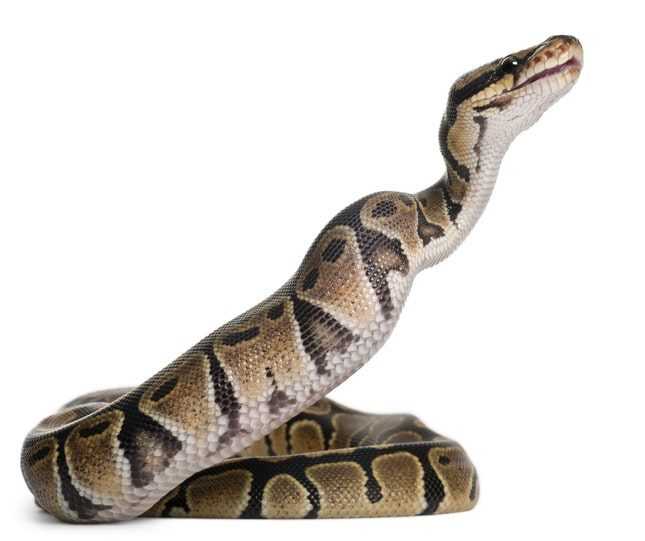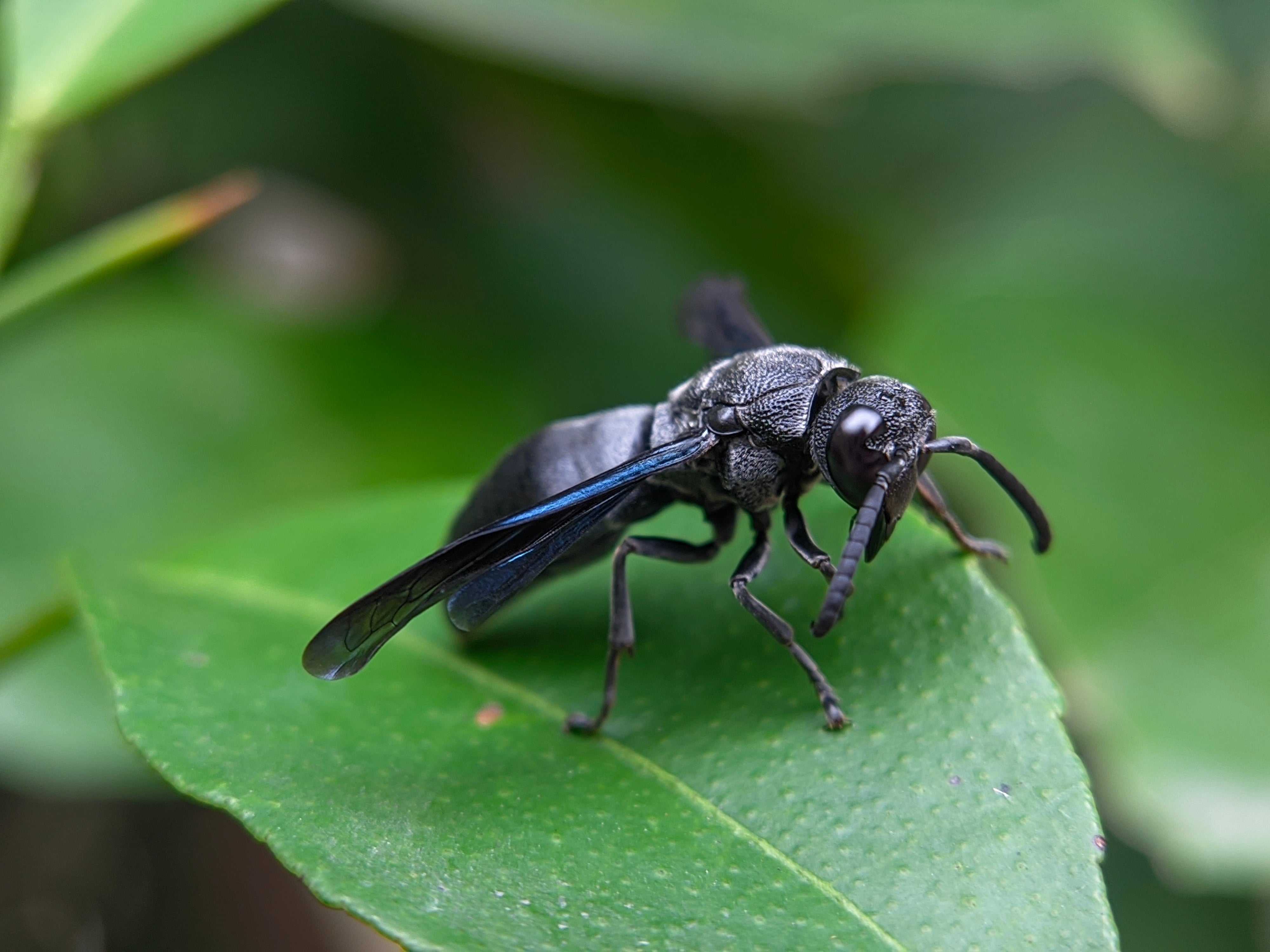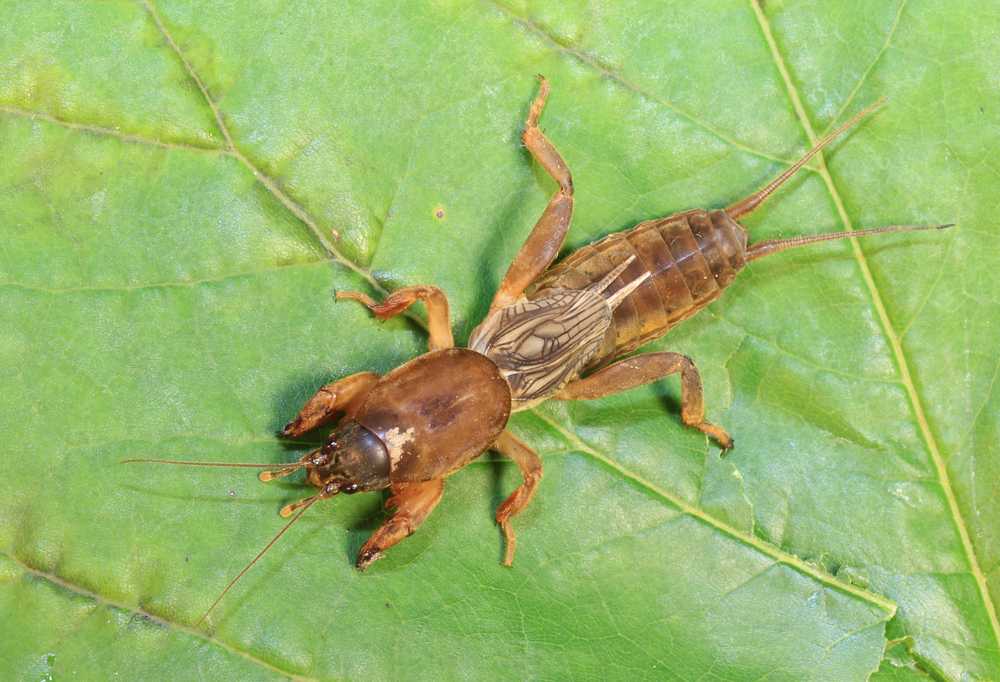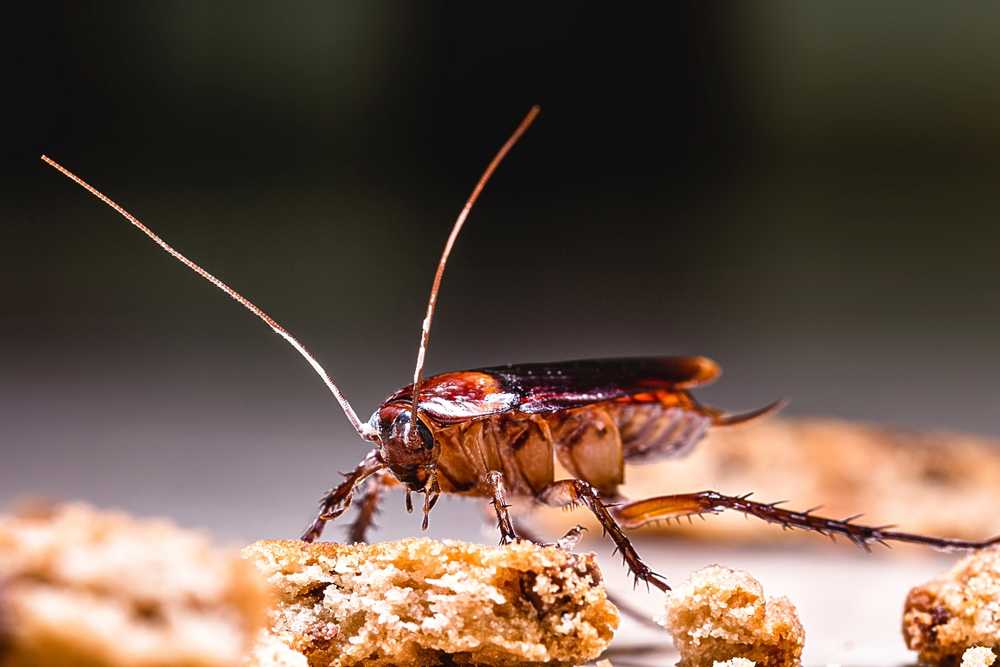Snakes

Snakes (Serpentes)
Treatments for this pest are included in these services:
While opinions and feelings about snakes vary from person to person, finding these long, slinky pests in or around your home is an alarming experience. From little garter snakes slithering across your yard to larger, venomous snakes hiding under your crawl space, snakes are common nuisance wildlife for homeowners throughout the United States.
If you suspect snakes have set their sights on your home, PURCOR can help. Learn more about snakes and how to safeguard your property with our certified snake removal specialists today. For immediate assistance with a snake problem, give us a call.
Common Venomous Snakes in the United States
The United States is home to over 50 species of snakes, and of these 50 species, about 30 are venomous. Excluding Hawaii, Maine, Rhode Island, and Alaska, you can find at least one venomous snake species in every state.
Venomous snakes do not actively seek out people to bite them (though they may prey on small dogs and outdoor cats). They primarily use their hollow fangs to inject venom into small animals, such as mice, rats, and squirrels, before swallowing them whole.
When venomous snakes do bite people, it is out of self-defense. Venomous snakes often hide under leaf piles, heavy underbrush, or wood piles. When homeowners disturb these areas, a startled snake will often bite to protect itself.
Common venomous snakes in the United States include:
- Rattlesnakes
- Copperheads
- Cottonmouths (also called water moccasins)
- Coral Snakes
Venomous Snake Traits
If you find a snake in your home or around your property, you should never approach it. Whether or not they’re venomous, snakes are extremely quick and agile, and can easily bite through clothing.
We recommend learning about the traits of venomous snakes and non-venomous snakes solely for the purpose of seeking first aid and medical attention. If you believe you have been bitten by a venomous snake, call 911 immediately. Snake venom causes several serious or fatal health issues, such as organ failure, difficulty breathing, paralysis, and more.
Venomous snakes have several key traits that set them apart from non-venomous snakes, including:
- Arrow-shaped heads are broad and flat, with narrow necks
- Cat-like, elliptical-shaped eyes
- Large, round sensory pits that look like nostrils on their noses
Additionally, if you are bitten by a snake, look for two large puncture wounds. These large wounds indicate the snake has hollow, venom-injecting fangs.
Common Non-Venomous Snakes
Being surprised by a non-venomous snake is still startling, but less of a safety risk for homeowners and their loved ones. Non-venomous snakes make up the other 20 species of the 50 found in the United States (excluding Hawaii and Alaska, where no snakes are present).
These snake species rely on venom-free hunting methods to secure their prey. Many, such as boa constrictors, squeeze their prey, while some may just bite and swallow them whole.
Common non-venomous snakes in the United States include:
- Rough Green Snake
- Common Garter Snake
- West Ribbon Snake
- Milk Snake
Non-Venomous Snake Traits
As we’ve previously mentioned, never approach a snake to identify it. Even if you believe the snake is non-venomous, some species share similar patterns or coloring with venomous snakes.
Milk snakes and coral snakes, for example, are extremely similar in appearance. Coral snakes have red beds separated by yellow bands, while milk snakes have red bands separated by black ones. Call PURCOR to safely and accurately identify the snake on your property.
Common non-venomous snake traits include:
- Typically, round head, but can have a thick, triangle-shaped head
- Round pupils
- Does not have fangs
Snake Problems and Risks
The most glaring issue snakes pose to homeowners is their bite—especially if they’re venomous. Not only are snake bites painful, but they can have deadly consequences if they’re laced with venom. Venomous snake bites are especially a danger to children, pets, and the elderly.
Regardless of their species, snakes can also overpopulate an area, feeding on too many rodents and small wildlife and causing an imbalance in the ecosystem. This is especially an issue in southern states like Florida, where boa constrictors and other invasive snake species have no natural predators.
What attracts snakes to my house?
Like other pests and wildlife, snakes are drawn to the resources your property offers. If your lawn and ornamentals are overgrown, or you have leaf piles sitting around your yard, snakes will use these areas as hunting grounds and nesting sites.
If your home has other pest issues, such as a rat infestation, snakes will even enter your home to search for rodents to eat. When you have rats or other non-snake wildlife around your home, PURCOR can help with wildlife control and exclusion services.
Snake Removal Services
PURCOR’s trained and certified snake removal specialists can give you the peace of mind you deserve against snakes. When you find these wily reptiles inside or around your home, contact our team. We’ll send a technician out to your home to safely and humanely remove and relocate the slithering invader with our professional snake removal equipment.
Once we’ve removed the snake, we can also provide recommendations for excluding future would-be intruders through our tried-and-true exclusion services.
Request Your Free Snake Removal Estimate Today
Stop snakes from setting up shop around your home and family. When nature gets too close to your backyard, PURCOR Pest Solutions can help. Safeguard your property against snakes with our certified experts; request a free snake removal estimate today!


